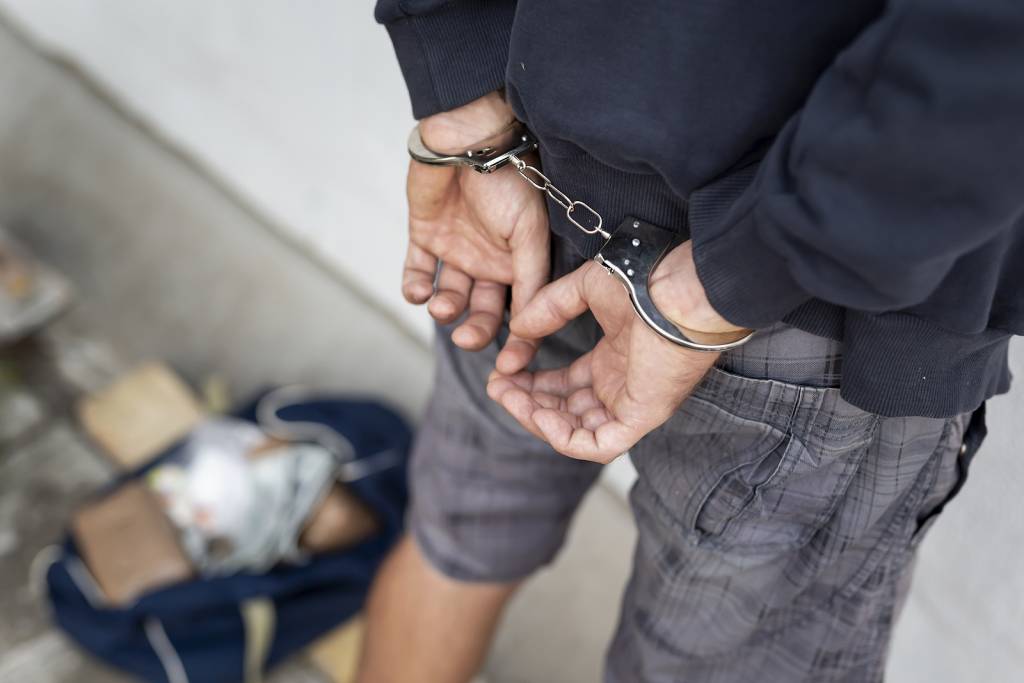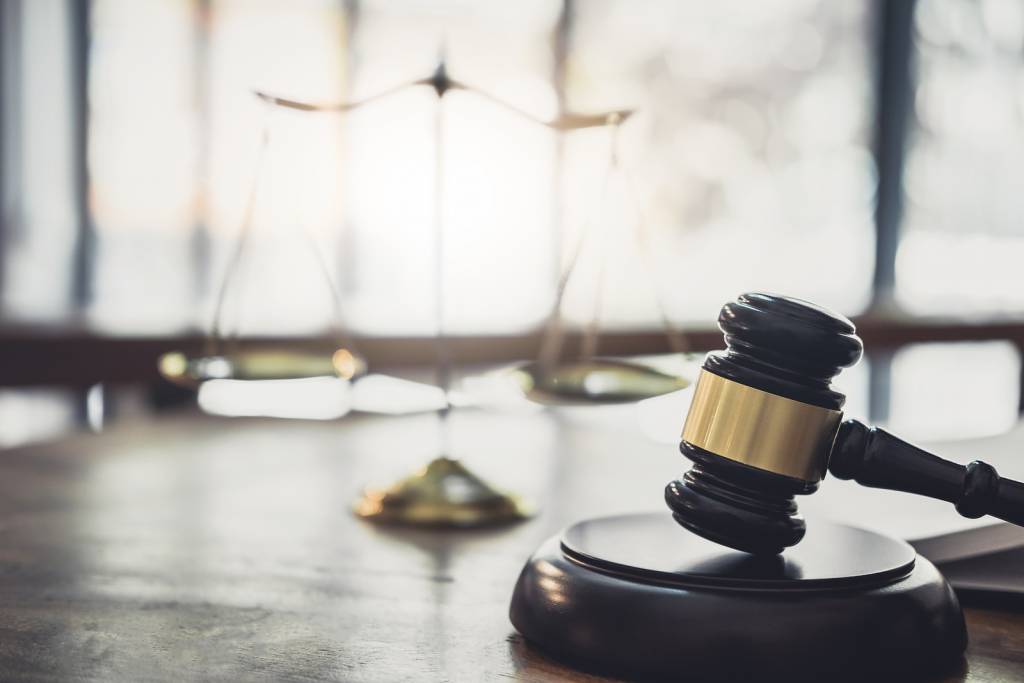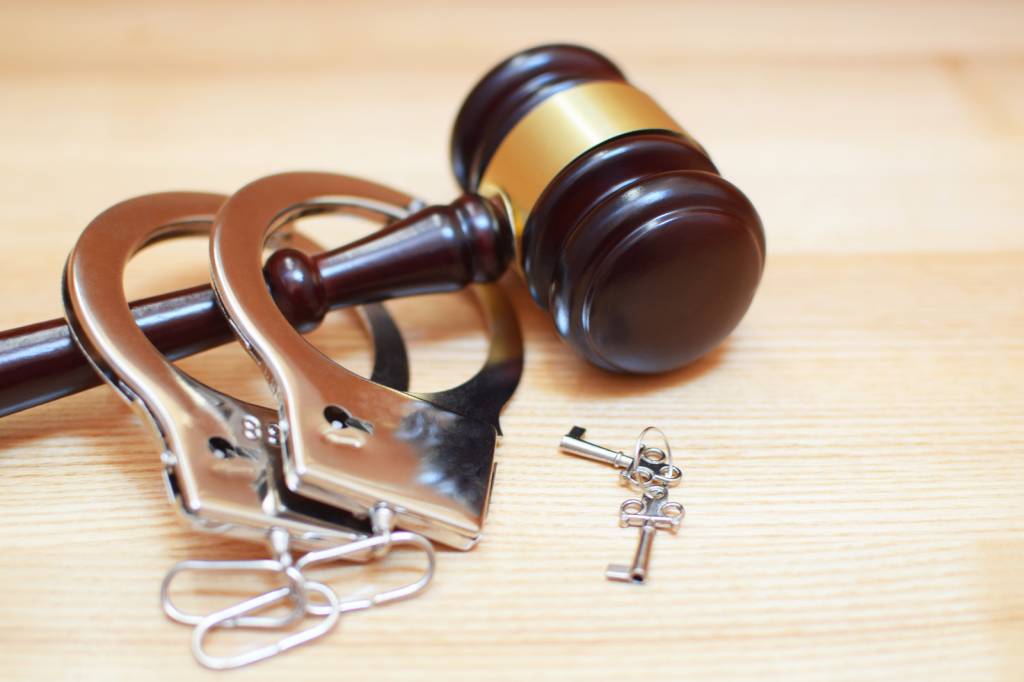By putting more officers on the street, the Los Angeles Police Department slowed the rising rate of homicides and gun crimes during the summer months, but assaults, robberies, and other crimes continue to rise, driving the overall crime rate at mid-year higher in Los Angeles for the second year in a row. At a midsummer press briefing, Mayor Eric Garcetti and LAPD Chief Charlie Beck said they are seeing success in high-crime areas, but they offered no promises for the future.
Political and law enforcement officials in Los Angeles – and their critics – offer a long list of possible reasons for the rising crime rate, including a rising homeless population, the need for more law enforcement funding, rising gang membership and violence, and reduced penalties for some crimes as a result of Proposition 47, the 2014 measure that reduced some property crimes and drug violations that were formerly felonies to misdemeanors.
Los Angeles isn’t the only major city with rising crime, however. The crime rate has been increasing in urban centers across the United States since early in 2015. FBI Director James Comey recently told the Associated Press, “It’s being reported on at local levels, but in my view, it’s not getting the attention at the national level it deserves. I don’t know what the answer is, but holy cow, do we have a problem.”
WHERE ELSE IS THE CRIME RATE GOING UP?
In 56 major U.S. cities in 2015, homicides were up by 17 percent over 2014. And in ten cities, homicides rose an average 33 percent. In Chicago, for example, six fatal shootings took place over the Memorial Day weekend and another 56 persons were wounded by gunfire. The Windy City is on pace to record more than five hundred homicides this year. “A whole lot more people are dying this year than last year, and last year than the year before. And I don’t know why for sure,” FBI Director Comey said.
According to the Los Angeles Times, through July 16, crime in Los Angeles rose by 6.3 percent across the city compared to the same period in 2015. Violent crime was up 15.9 percent, and property crimes rose 3.8 percent. The jump in violent crime included a 19.2 percent rise in aggravated assaults and a 16.8 percent jump in robberies. Homicides and shooting statistics remained virtually unchanged from 2015.
The crime rate rise in Los Angeles is also consistent with statewide trends. According to California’s Office of the Attorney General, violent crimes jumped by 10 percent in 2015 and property offenses rose by 8 percent over the 2014 figures. Countywide, the L.A. County Sheriff’s Department is also reporting a crime rate rise, with an 8.4 percent increase in violent offenses and a 6.8 percent rise in property crimes through the end of June compared against the same six months in 2015.
HOW IS THE LAPD RESPONDING TO RISING CRIME?
LAPD officials doubled the number of specially-trained Metro Division officers to deter crime in “hot spots,” and the department has increased efforts to curb gang violence. Mayor Garcetti said that in March of this year, “We saw things spiraling out of control. I said, look, we are doing things that I believe will pay off over time, but we’ve got to do something more radical right now.”
One problem, of course, is that doing something “more radical” potentially puts everyone’s civil and constitutional rights at risk. If you’re charged with a crime in Los Angeles and you believe that you were illegally searched or arrested or that your legal rights were violated in any way, you’ll need to discuss your case at once with an experienced Los Angeles criminal defense attorney.
The LAPD established a command center for the four divisions that account for almost half of the city’s homicides and gun crimes: Southeast, Southwest, 77th Street, and Newton. Metro Division officers have taken nearly three hundred guns from the streets so far this year. In early June, the city went for an entire weekend without a single homicide. But crime kept rising in other neighborhoods, like El Sereno and Boyle Heights. Fifty-seven people were shot in those communities in the first six months of 2016, more than twice the figure for the same period in 2015.
With valuable police resources going predominantly to South L.A., Deputy Chief Robert Arcos says that he has to find innovative ways to deal with the jump in crime on the Eastside. In Boyle Heights, Terry Cano, a 43-year-old mom, said the increasing Eastside violence has made her afraid for her family. “Before I was comfortable walking to the store with my son. Now I don’t feel safe doing that anymore,” Ms. Cano told the Los Angeles Times.
IN WHAT PARTS OF LOS ANGELES IS CRIME RISING THE MOST?
“Public safety is the number one issue for cities and mayors,” said Fernando Guerra, who heads up the Center for the Study of Los Angeles at Loyola Marymount University. A survey conducted by the Center earlier this year showed that despite the rising crime rate, 78 percent of Los Angeles residents consider their neighborhoods a safe place to live, while nearly 88 percent of Los Angeles County residents gave the same answer. Here are the five LAPD districts with the most significant crime increases, according to department statistics:
- Mission: The area includes Arleta, Panorama City, Sylmar, North Hills, and Mission Hills.
- Hollenbeck: This includes Boyle Heights, El Sereno, Lincoln Heights, Montecito Heights, Monterey Hills, and University Hills.
- Northeast: This division covers Atwater Village, Cypress Park, Eagle Rock, East Hollywood, Echo Park, Elysian Valley, Glassell Park, Highland Park, Los Feliz, Mount Washington, and Silver Lake.
- Newton: This is the division south of downtown that includes Skid Row, the Fashion District, Pueblo Del Rio, and South Park.
- West Valley: LAPD’s West Valley Division includes all or part of Encino, Tarzana, Lake Balboa, Northridge, and Reseda.
Whenever police departments “crack down” or “double down” on crime, concern for civil liberties sometimes become a lower priority, and prosecutors sometimes become overzealous. If you find yourself under arrest and charged with a crime in Los Angeles or Los Angeles County, politely exercise your right to remain silent, and politely insist on your right to have an experienced Los Angeles criminal defense attorney present during any questioning.
It takes years to determine the extent of rising or falling crime trends, and obviously, much depends on national trends and on who gets elected, what laws are passed, and what law enforcement’s budgets are from year to year. Will the crime rate in Los Angeles keep rising? There’s no simple answer. Some of the LAPD’s efforts seem to be slowing the pace of crime’s recent rapid rise in the city, but frankly, only time will tell.









